Game description:
In Brevsky's Library, the player steps into a quiet building to begin a shift assigned by the unseen owner, Mr. Brevsky. The setting is simple, with shelves, dust, and silence. The job is to take care of small tasks such as cleaning, organizing, and identifying marked areas. Instructions are minimal, and the player is left to figure out what to do based on brief dialogue and clues. The game begins slowly, giving time to adjust to the space.
Task Completion and Unusual Patterns
The player moves from shelf to shelf, checking corners and tracking down spider webs. These webs serve as both collectibles and markers of progress. At certain points, Mr. Brevsky appears to deliver a message or instruction. The choices the player makes in these moments influence how the game continues. The further into the shift, the more the player may notice changes in behavior, layout, or response from the environment.
Find and collect all spider webs
Organize books and clean specific areas
Choose what to say when speaking to Mr. Brevsky
Discover how choices affect the outcome
Trigger alternate endings through interaction
Interaction and Response System
Mr. Brevsky speaks briefly and directly, but his tone depends on the player's decisions. Saying something incorrect may cause the session to end early. Other responses lead to different versions of the ending. There is no combat, no movement restriction, and no time limit. Instead, the tension builds through stillness, repetition, and reaction. The world remains stable on the surface while holding deeper rules underneath.
Memory and Visual Design
Each item the player collects adds to their knowledge of the layout and pacing. The library stays the same on most runs, but details shift subtly depending on performance. The echo of previous choices can be felt in later attempts. Players begin to notice which actions influence the outcome and which are neutral. This structure encourages returning for another run to test different routes or dialogue.
Final Result and Player Role
The shift ends when the player completes enough objectives or makes a final decision. Some endings appear only under specific conditions. Each session lasts a few minutes, but the game invites repetition. Brevsky's Library presents one space, one character, and a list of tasks—but gives the player room to discover how much those elements can change when approached from a new angle.










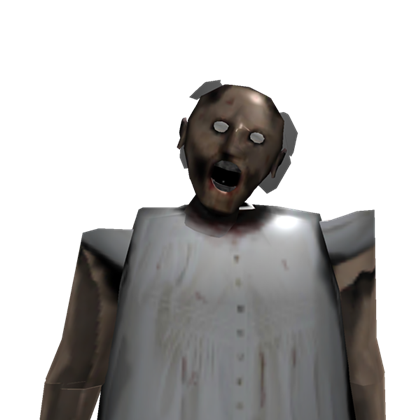




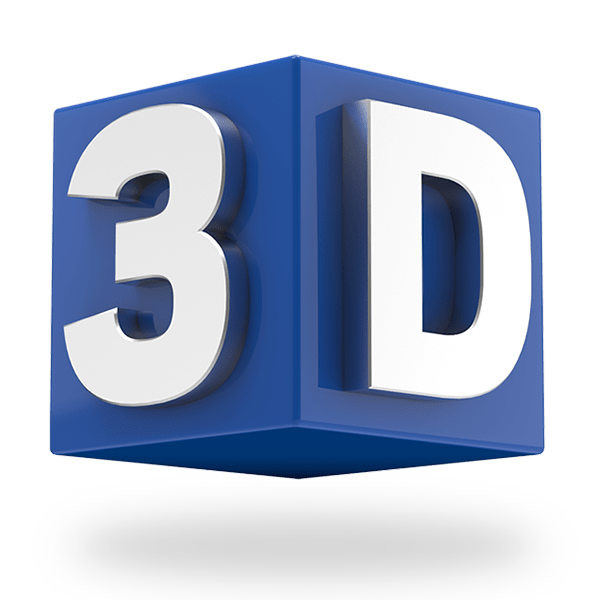
























































































































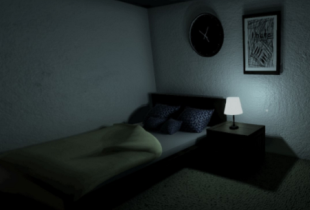
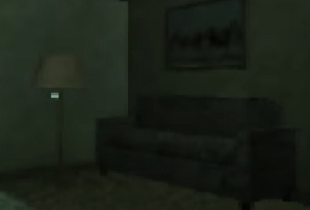

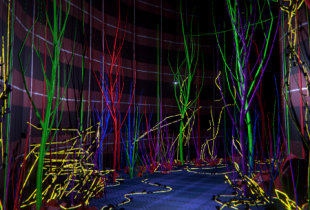
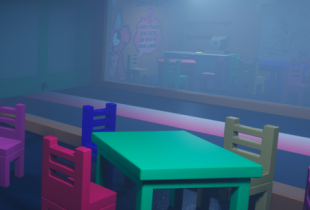
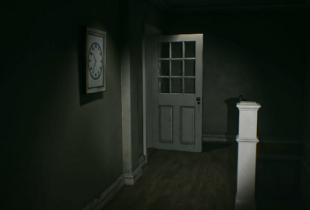

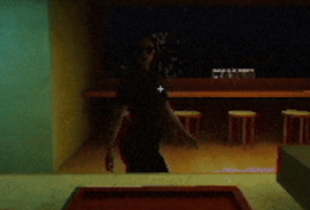
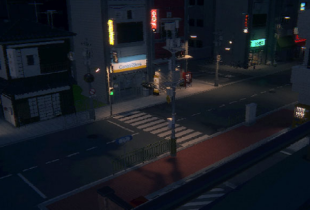
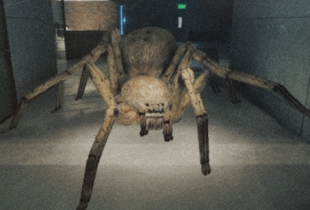


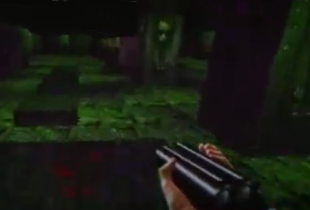
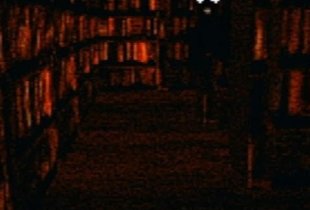
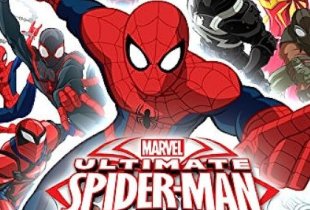
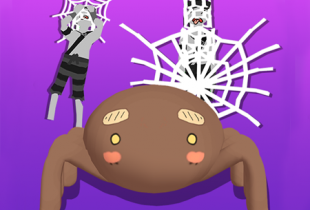
Comments